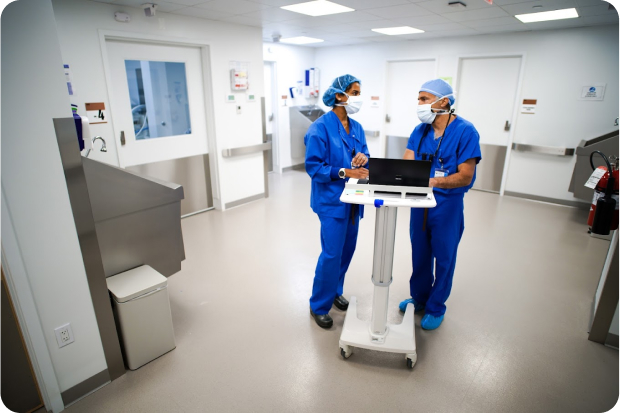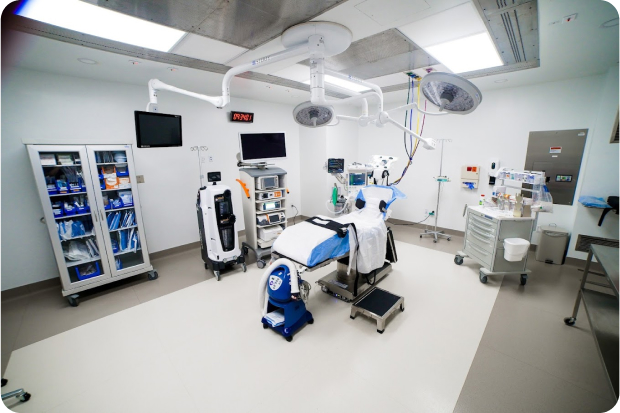 OUR LOCATIONSCall to book (212) 604-1300
OUR LOCATIONSCall to book (212) 604-1300
 OUR LOCATIONSCall to book (212) 604-1300
OUR LOCATIONSCall to book (212) 604-1300
Table of contents
RFA is a minimally invasive procedure meant to provide long-lasting relief of chronic lower back discomfort. It utilizes radiofrequency energy to interfere with the functioning of nerves in the lower back. By doing this to a lumbar medial branch nerve, that nerve is no longer able to transmit signals of pain from an injured facet joint. Ultimately, a lumbar RFA addresses these nerves to reduce or block the pain signals that are sent to the brain. RFA uses radiofrequency energy to disrupt nerve function. When this is done to a lumbar medial branch nerve, the nerve can no longer transmit pain signals from an injured facet joint.
An IV may be inserted to administer intravenous medication(s) to help you relax. A local anesthetic will be used to numb your skin.
Fluoroscopy, a type of x-ray, will be used to insure the safe and proper position of the needle. The doctor will then check that the needle is in the proper position by stimulating the nerve. This may cause muscle twitching and provoke some of your pain. With the needle in the correct position, the area will be numbed.
Your doctor will then use radiofrequency energy to disrupt the medial branch nerve.
You will be monitored for up to 30 minutes after the injection. Before you leave, you will be given discharge instructions. You may feel sore for one to four days. This is normal, and may be caused by muscle and nerve irritation. You may feel numb, weak, or itchy for a couple of weeks. Be patient, as full pain relief normally takes two to three weeks.




Radiofrequency neurotomy is often utilized to relieve chronic pain in various regions of the body, particularly in the back, neck, and buttocks. In addition to these common applications, this treatment can also provide relief for persistent, long-term pain originating in other joints, such as the shoulder, knee, or hip.
Lumbar radiofrequency ablation targets the small nerves that transmit pain messages from the facet joints of the spine. The medial branch nerves transmit pain when the facet joints are inflamed or injured, causing chronic pain and loss of motion.
To relieve this pain, a specialized needle is inserted in the back with the help of imaging. Once the needle is in the proper position, a radiofrequency current is sent through the needle to the nerve tissue that surrounds the back, warming the tissue and interfering with the nerve’s ability to send pain signals to the brain.


While it varies from patient to patient, nerves can take up to 18 months to regenerate after an RFA. Your pain may or may not return when the nerves regenerate. If it does, another RFA can be done.
Relief following lumbar radiofrequency ablation will vary between different individuals, but many people experience a benefit for six to twelve months, and longer in some cases. Some people may experience relief in a couple of days, while for others, it may be a week or two before they feel the full effect.
Later, the treated nerves will regrow, which can lead to the gradual return of pain. But the operation can be repeated if needed, typically with the same result. Your physician will monitor your progress and discuss future treatment if the pain returns.
Lumbar radiofrequency ablation is a very effective treatment for patients who need relief from chronic lower back pain without surgery. By decreasing the pain-carrying nerves, it provides many patients with the capability to restore daily activities with increased comfort and mobility. If you have been experiencing problems with chronic back pain and wish to learn if lumbar RFA would be a good choice for you, consultation with a pain specialist will help you to make a decision based on your needs and health goals.
New York Pain Care
20 Squadron Blvd, Suite 290
New City, NY 10956
(212) 242-8160






